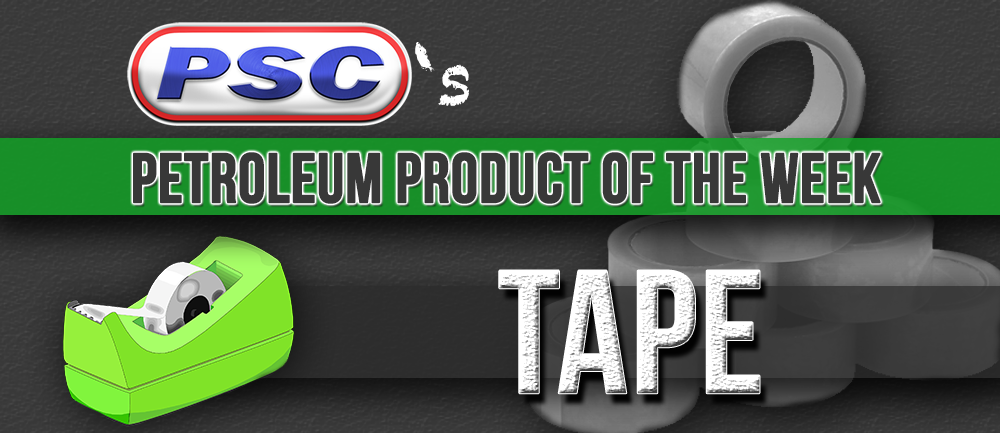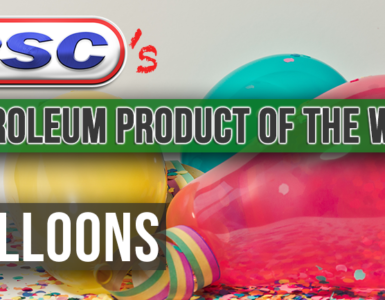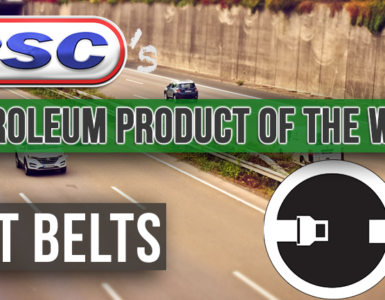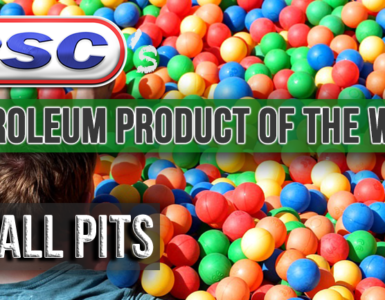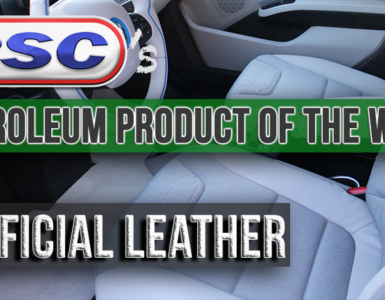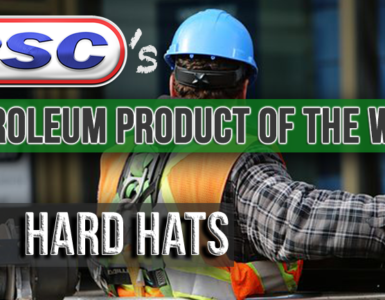It’s all about that tape.
“…the brainchild of a banjo-playing, engineering school dropout who had limited background in Chemistry and who had no idea what he was getting into…”

Picture this: 1920s America with flappers flapping, jazzy trumpeters throwing back Gin Rickeys, and two-toned cars are all the rage. But just because some wealthy gentleman could easily pay to have his Rolls Royce done up in some flashy combination of red and ivory with filigree details, it was hardly an easy thing for auto body shops to accomplish: not because of a lack of talent, understand, but rather a lack of sufficient material to mask one portion of the car while the other was being painted a different color. Workers would often use glue or surgical adhesive tape, but because these were too adhesive, they couldn’t be removed properly and would often botch the new paint job. Bummer.
It’s 1923 and a man walks into an auto body shop. He isn’t here to set up the punchline of a joke; he’s here with samples of 3M waterproof sandpaper to test for work (as 3M was predominantly a manufacturer of sandpaper and abrasives at this time).
His name is Richard G. “Dick” Drew and he is a 23-year-old research assistant at Minnesota Mining and Manufacturing (yeah, that’s what 3M stands for). And he is about to change the world (even though he dropped out of school in favor of playing the banjo).
I imagine the scenario as going something along the lines of this:
Worker: (words that can’t be transcribed here due to vulgarity)
Drew: Dude, I bet I can totally make something so you don’t keep messing up that paint job.
Worker: (more words that can’t be transcribed due to vulgarity)
Good Dick Drew spent two years experimenting (a little of this, a little of that) until he eventually developed a formula containing a good grade of cabinetmaker’s glue, which was kept sticky with glycerin. He backed that up with some crepe paper and voila! Scotch® Brand Masking Tape was born.
And he didn’t stop there (for which we should all be very grateful). Drew’s next invention (the real biggie) is the one that has really stuck with the public for the past 86 years (and counting).
Scotch® Brand Transparent Tape
It’s pretty clear to see why transparent tape has remained in demand—it’s super useful—but it’s doubtful that anyone could have predicted the popularity and usefulness of the then-called Scotch® Brand Cellulose Tape.
In a nutshell, transparent tape was invented in direct correlation with DuPont’s development of cellophane as a moisture-proof packing material (as well as an insulation firm’s request for some waterproof wrapping, but that’s a bigger nut). It took almost a year for Drew and his associates to develop a marketable tape product made from the cellophane. It was on September 8, 1930, when the first roll of cellophane tape was sent to a client (made with a newly and specifically-developed tape adhesive from oils, resin, and rubber). And the rest, as they say, is history.
Some people are born into greatness; some people are born into the banjo-playing lifestyle and find that eventually, sometimes, greatness comes out of nowhere and just sticks. In the case of Mr. Dick Drew, he stumbled his way into importance quite accidentally, but he stuck to his guns and now everyone who has ever used tape loves him (even if they don’t actually know who he is or that he even exists).

How Adhesive Tape is Made
Not all tape is created equal, that much is true; it’s especially true when you consider that there are literally hundreds of different types of tape that have been developed, including but not limited to surgical tape, electrical tape, duct tape, double-sided type, gaffer tape…you get the picture.
There’s no doubt about it that tape made today is going to be made at least slightly different than in the 1920s when Mr. Drew was still experimenting. While the methods may have changed, and the formulations vary from product to product, deep down all tape is essentially the same: some sticky stuff with some backing (yes, that is completely scientific terminology).

Pressure-sensitive tapes, like those mentioned above, are made with pressure-sensitive adhesives (easy enough, right?). That means that they stick without the need for a solvent or heat for activation. So that’s the “sticky stuff,” I so eloquently mentioned above. The backing material to which the adhesive sticks varies depending on the type of tape being made; such backing materials include paper, plastic film, cloth, or metal foil.
At Petroleum Service Company, we handle a lot of shipping orders, so what better tape to focus on than shipping tape?
Shipping tape: it really packs a punch
If you’ve ever ordered or package, it’s likely that you’ve encountered this particular tape of adhesive tape (they’re usually brown or tan in color).
For the first step in manufacturing shipping tape, it’s all about that base material, and in this case it’s a plastic film made from polypropylene. Polypropylene (PP) is a thermoplastic made from (you might have guessed) crude oil. Besides tape, polypropyleneis also used in the manufacturing of tubes, car trims, and bags.

The Polypropylene film starts out its tape making adventure on large rolls that are spliced together to form an uninterrupted feed into the production line. This occurs on a piece of machinery called an unwinder, which also coats the film’s surface with a solvent. Have you ever wondered why your tape dispenses nicely in a strip, rather than sticking to itself in one big lump? That’s because of the solvents! It’s an anti-sticking measure.
So we have our plastic base: now all we’re missing is the sticky stuff.
The other side of the film (the one not coated in solvent) is coated with how adhesive called “hot melt.” This hot melt is made from a variety of ingredients, including synthetic rubber for flexibility, a UV protector to prevent discoloring, and an antioxidant to prevent aging. The adhesive tape gets its stickiness from synthetic resin, and pigmentation oil is added to create a variety of colors options.

Before the hot melt truly becomes tape, it’s kept in a holding tank at 390ºF to prevent it from hardening. From the holding tank it is pumped into a machine that rolls the film into the adhesive. A “cooling roller” hardens the adhesive immediately.
A machine called the “rewinder” rolls the tape onto spools and unsplices the rolls. “Splitters” cut the large spools into several strips. It is these strips which will ultimately become standard rolls of time you are probably used to seeing (not the 5ft. rolls they begin as). Each of those strips go onto a cardboard core and are sealed.

While much of the tape-making process is essentially entirely automated by machines, humans do inspect a sample off of each roll for quality control before they are packed for shipment. I wonder if they use their own shipping tape to ship their tape?

There is no question that the process for making tape today is at least slightly different than the process Mr. Drew used in the 1920s when he was first begining to experiment with pressure adhesive tapes. However, while the methods may have changed, and the formulations vary from product to product (not to mention increased color selection), deep down all pressure adhesive tape is essentially the same: some sticky stuff with some backing. And no matter what that backing is, whether it’s plastic, paper, cloth, or something else, at the very least petroleum was involved in the production process. Because just remember: while it’s important for tape to stick, heavy machinery needs industrial strength lubricants and greases to prevent any kind of sticking and to keep all the gears running smoothly.
Check out the entire tape making process:
And read even more about the wild ride of Scotch® Brand tape, check out the American Chemical Society.
Sources:
http://www.acs.org/content/acs/en/education/whatischemistry/landmarks/scotchtape.html
https://en.wikipedia.org/wiki/Pressure-sensitive_tape
https://en.wikipedia.org/wiki/Polypropylene

